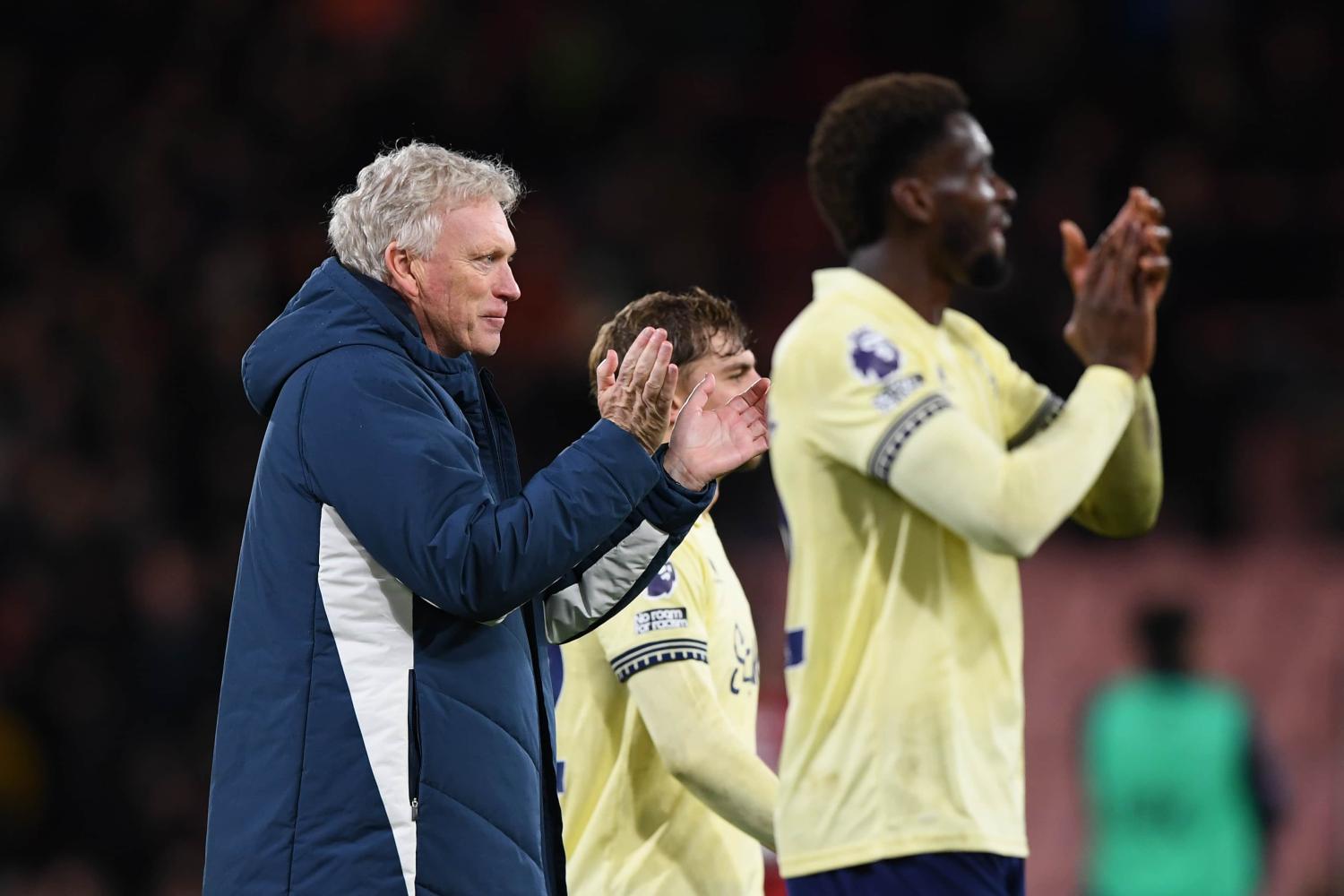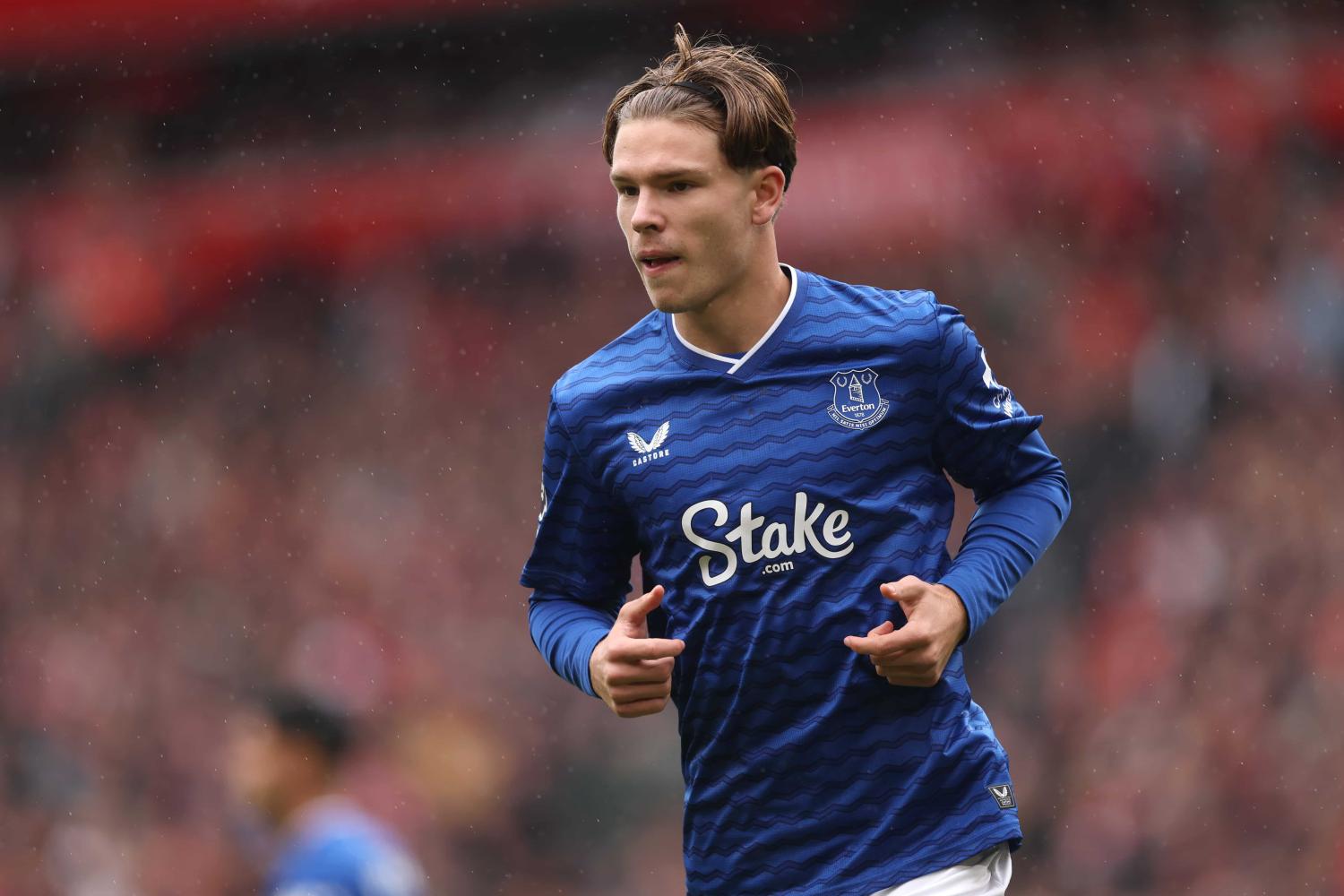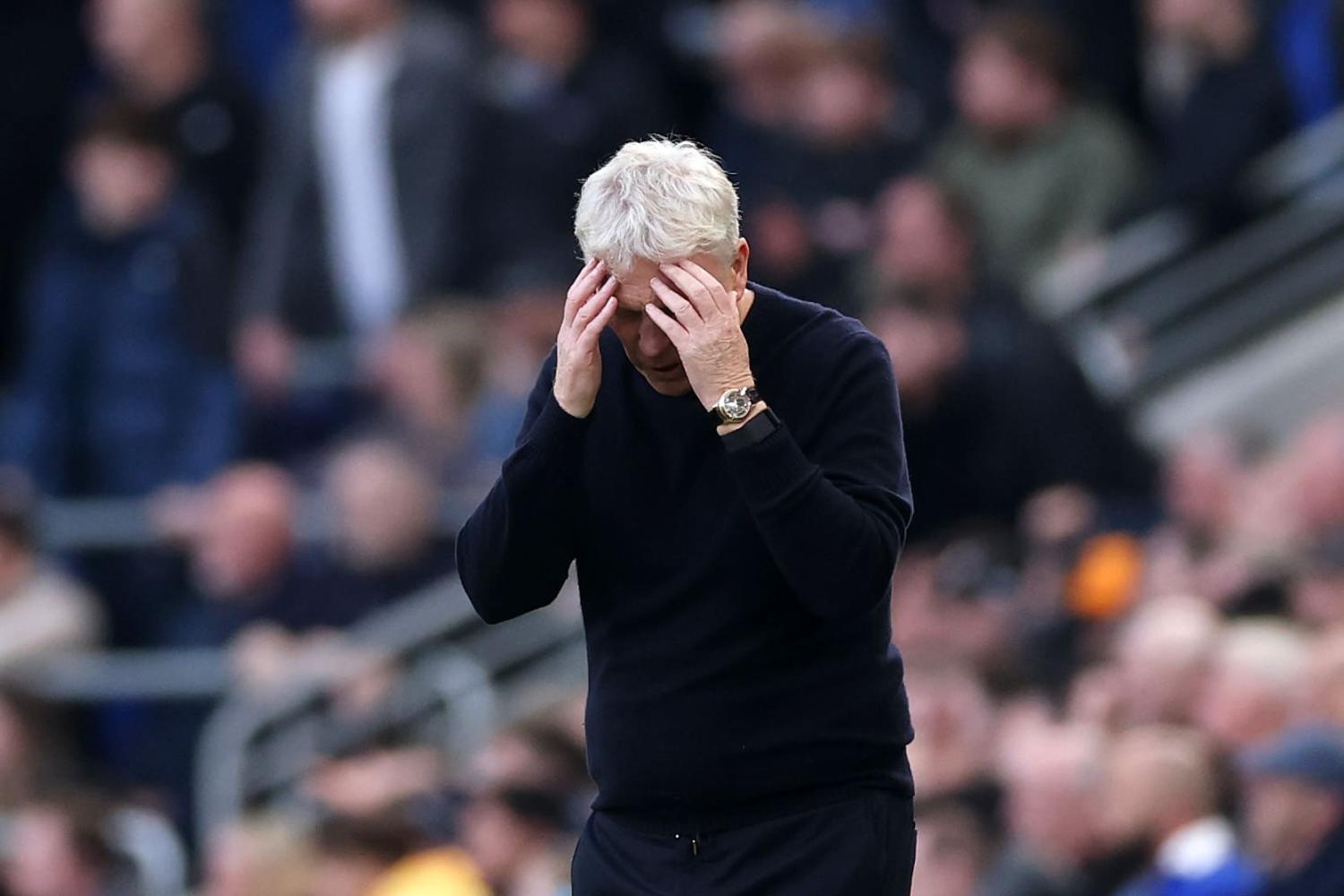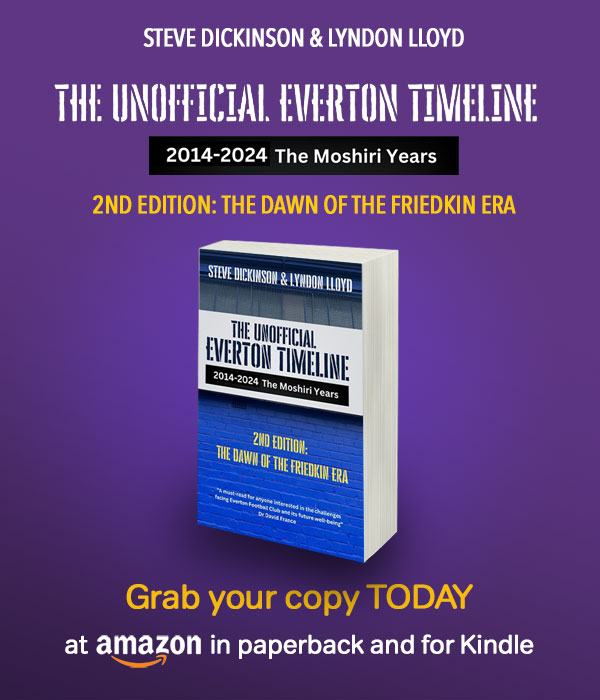Fans Comment
Ger McNally
Can Everton Become a Big Club Again?
12 April 2006
NIL SATIS NISI OPTIMUM � translated as �Nothing But The Best is Good Enough� - is the motto of Everton Football Club. It appears on the club crest on every jersey, every pair of shorts, every t-shirt. Walk into the club�s megastore and you will see it on everything from pens to keyrings to car stickers � there is even a range of babywear with the motto emblazoned across them � but these days it has a hollow ring to it.
Everton fans have been settling for less than the best for almost 20 years now. Although it may be hard for fans who believe that football was only invented in 1992 with the arrival of Sky and the Premiership, Everton are traditionally one of England�s biggest clubs. Their collection of 9 First Division titles is only bettered by Liverpool, Manchester United and Arsenal but after almost 20 years of gross mismanagement at Board level, combined with football becoming such a big business, it is hard to believe that Everton will ever win that illusive 10th league title.
Back in the 60s, Everton were known as the �Merseyside Millionaires�. Funded by Littlewoods chairman, John Moores, they regularly challenged for league titles and FA Cups and when the best players became available, Everton were invariably linked. The signing of Alan Ball from Blackpool in August 1966, for a then British transfer record for �110,000, was typical of the club at the time. Ball had just stared in England�s World Cup victory and his signature was the most coveted in the land. The red-headed terrier proved to be a huge success at Goodison Park, scoring 78 goals in 249 games and it was the midfield combination of Ball, Howard Kendall and Colin Harvey, or the �Holy Trinity� as they were known amongst Everton fans, that was the foundation of Everton�s 1969-70 league winning team.
This summer however, David Moyes is faced with the prospect of having to sell star players like Joseph Yobo, Mikel Arteta or Tim Cahill in order to fund his own team building. Already operating with one of the smallest Premiership squads, Moyes desperately needs a goalkeeper and a striker but his transfer kitty will be so small that he faces having to sell one of the crown jewels of his team in order to fill these most vital of positions.
How has it come to this? How, in less than 40 years, have Everton gone from being the Merseyside Millionaires to a club that has to sell their best players to fund team building?
Many Everton fans point to Heysel disaster in 1985 and the subsequent banning of English clubs from Europe as huge turning point for the club. At the time of the disaster, Everton were champions of England and had just won the European Cup Winners Cup. They were only denied a fantastic treble through an extra-time FA Cup final defeat by Manchester Utd. The feeling around Goodison Park was that they finally had a team that could challenge regularly for European trophies � as near neighbours Liverpool had done so brilliantly during the late 70s and early 80s � but the ban of English clubs from European football put paid to those hopes.
The European ban is often blamed for the breakup of that team. Gary Lineker joined Barcelona soon after his superb showing at the 1986 World Cup and although another league title followed in the 1986-87 season, manager Howard Kendall decided that he wanted to try European football and followed Lineker to Spain to take over Athletico Bilbao. Within a year, players who had been the foundation of the clubs success had gone and were not replaced. Trever Steven and Gary Stevens headed North to Graeme Souness�s Rangers Revolution while Peter Reid, Paul Bracewell and Kevin Ratcliffe all suffered long-term injuries that meant they were never to be the same players.
But Everton still had money to spend; in 1988 they broke the British transfer record for surely the last time ever when they splashed out �2.2 million on West Ham�s Tony Cottee... but gradually Everton slipped down the table.
When talks of a breakaway Premier Division were first mooted in the late 80s, Everton were one of the so-called �Big Five� along with Manchester Utd, Liverpool, Arsenal and Spurs. However, with money squandered on bad buys like Neil McDonald, Norman Whiteside and Mike Milligan coupled with rapidly falling attendances, Everton�s bank balance quickly slipped into the red.
The 90s were a barren time for Everton supporters. A serious lack of money hindered any chances of building a new team as, time and time again, Everton were forced into selling off their best players.
Even into the new Millennium, players like Nick Barmby, Wayne Rooney and Thomas Gravesen have had to be sacrificed to pay the bills. Last year�s fourth place finish may have hinted at a brighter future for Everton but the reality is much different.
Roman Abrahimovich�s millions have changed the face of English football forever and the rest of the Premiership are playing catch up. Manchester Utd are currently in the process of upping the capacity of Old Trafford to over the 70,000 mark and Arsenal will move into their brand new 60,000 all-seater stadium at the start of next season. And with Liverpool seemingly on the verge of securing substantial outside investment, it appears that top four will be almost impossible to break into for the foreseeable future.
For Everton to have any chance of breaking into that top four, they will need to move away from their increasingly dilapidated home, Goodison Park. Already, one attempt at finding a new home on Liverpool�s Albert Dock had to be aborted due to a lack of funds; this may become a recurring theme for Everton supporters as they try to find a new home.
Until Everton do move from Goodison Park, they may be in for some difficult seasons as they try to re-establish their place at English football�s top table. Once upon a time, Nil Satis Nisi Optimum was a way of life for Everton and their supporters; now it appears to be nothing more than some fancy writing on the club�s crest.
Ger McNally
Responses:
©2006 ToffeeWeb
"Fans Comment" articles are submitted by outside contributors to ToffeeWeb. The views contained therein may not correspond with those of the site owners. Editorial policy









